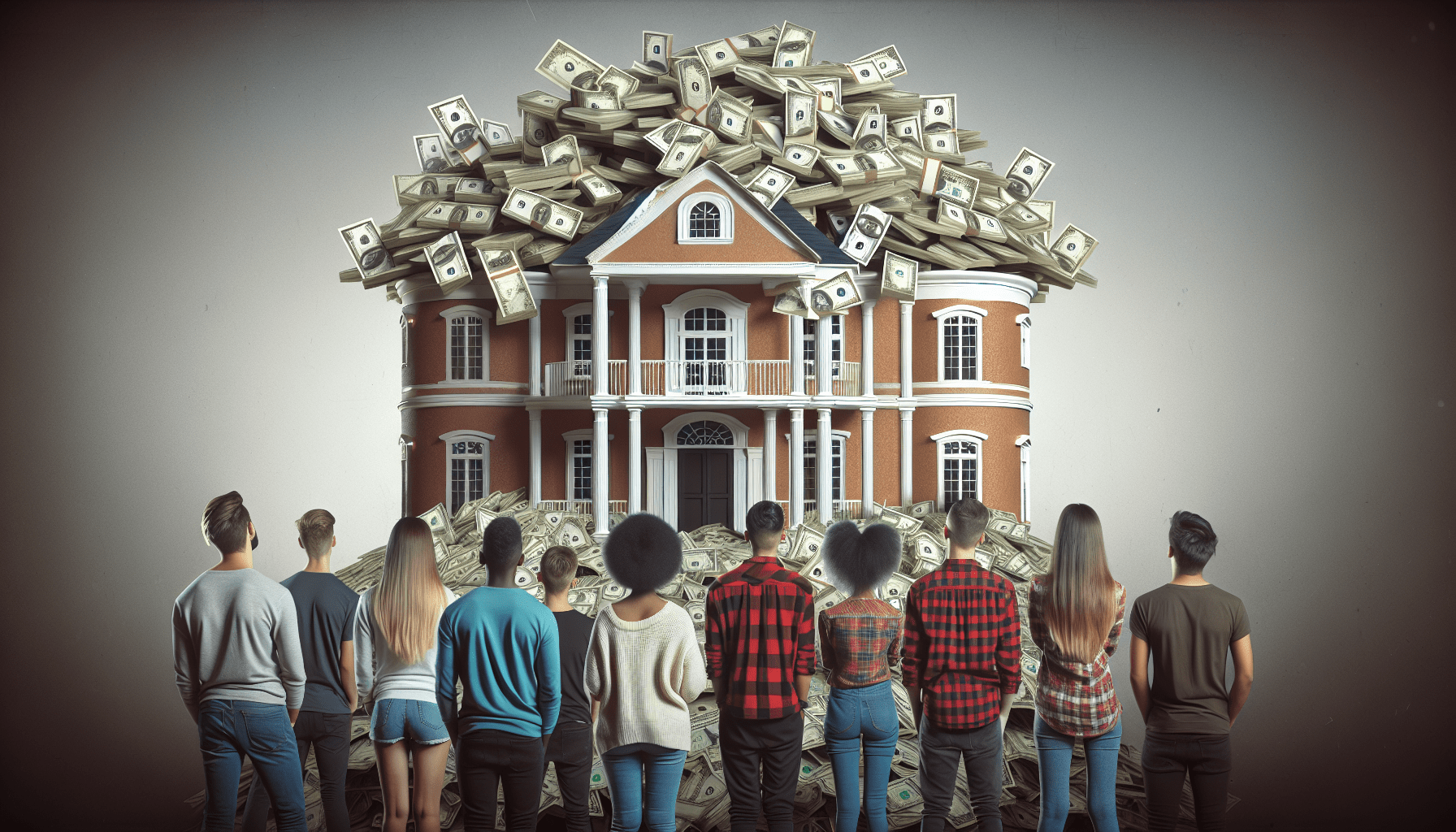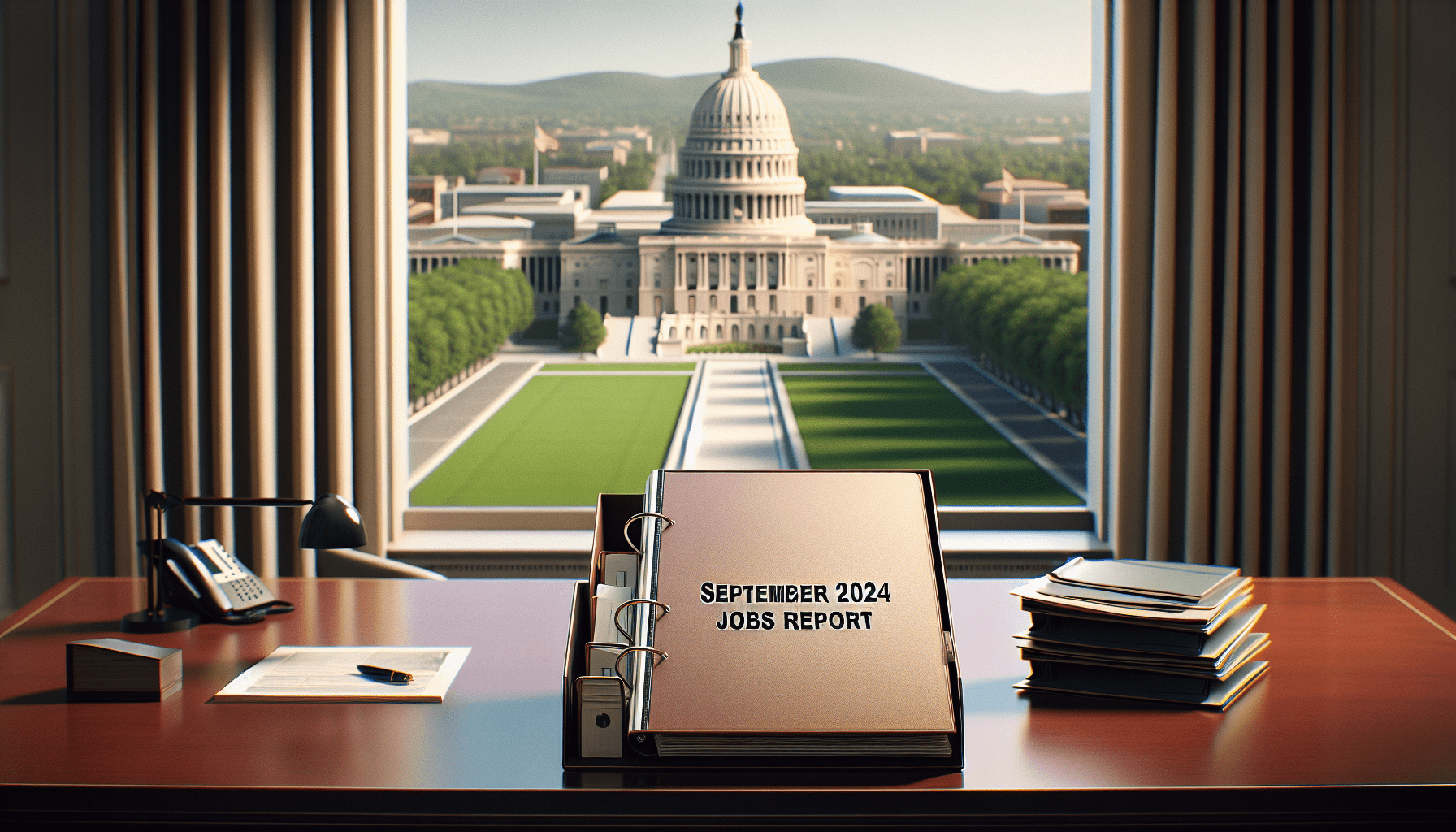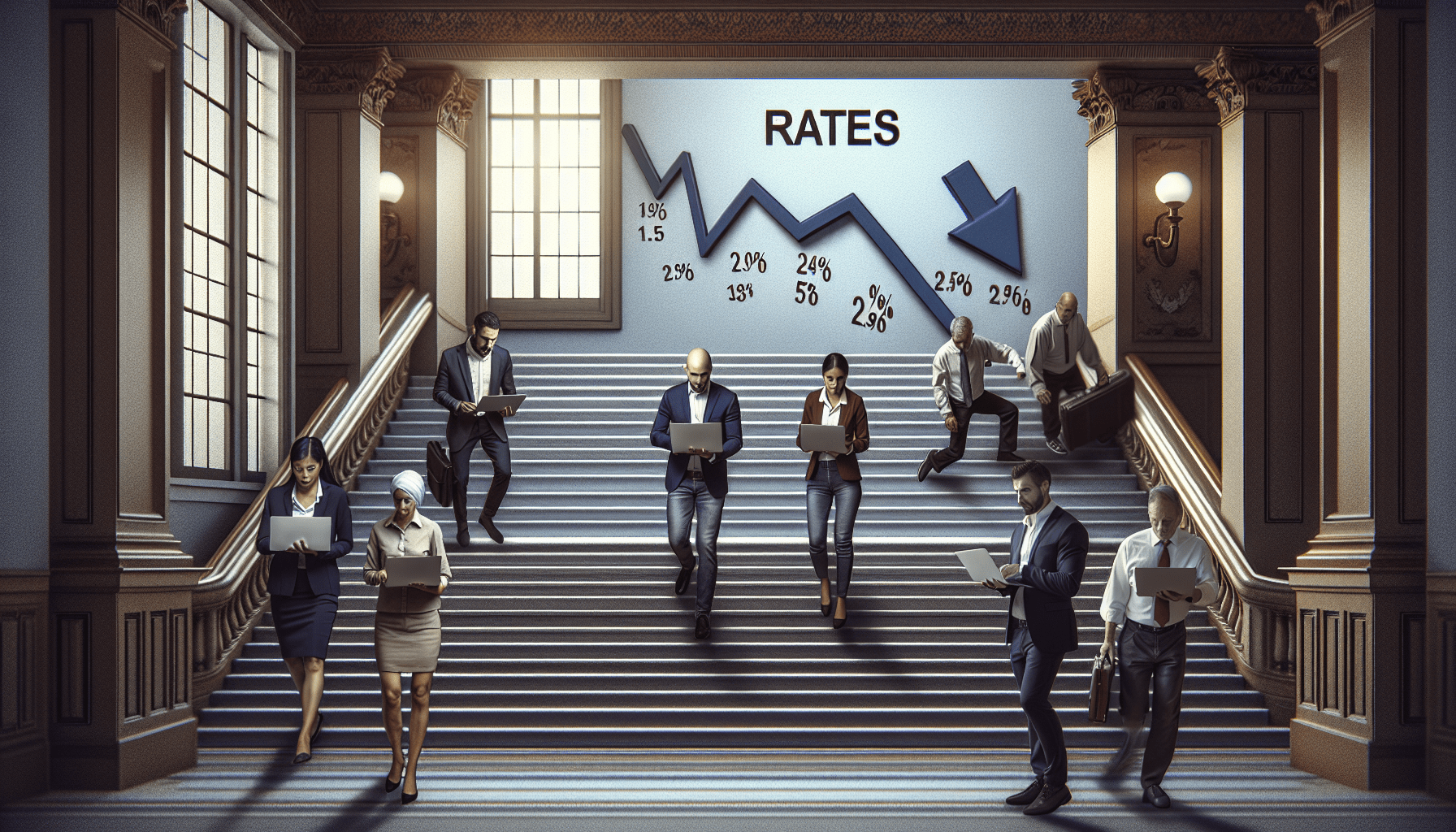The Housing Affordability Crisis Hits Home for Young Adults
Despite the Fed's recent cut in interest rates, owning a house or condo still seems like an unattainable dream for many young Americans

You’re right if you think housing prices have gotten out of hand. It’s one of the main reasons nearly half of the nation’s young adults are living with their parents.
The trend of 18- to 29-year-olds staying or returning home has been going the wrong direction for a while. The last time so many of them weren’t on their own was during the Great Depression of 1929 to 1941.
That changed during the economic boom following the end of World War II. The number of young adults living with their parents dropped to a low of 27% in 1960, according to Knowledge at Wharton, a business journal published by the Wharton School of the University of Pennsylvania.
Since then, the percentage has been steadily increasing, reaching 40% in 2000, 47% in 2019 and 49% in 2021, the Wharton article said, noting about one-quarter of the most recent 9% increase was attributable to rising housing costs. Other factors included higher unemployment and the trend toward marrying and having children later in life.
The young people who choose to wade into the housing market face a situation that would have seemed untenable in the past. On average, the proportion of their income that goes to housing has grown to 40% these days from just 25% in 2000, the Wharton article said.
A bit of relief arrived last week when the Federal Reserve cut interest rates by half a percentage from the 23-year high where they had been for more than a year and indicated the possibility of further cuts. But reduced mortgage rates won’t change borrowing costs enough to bring affordability.
What’s more, many of today’s homeowners are locked into low interest rates granted in the past and aren’t about to give up their mortgages and take on higher payments. CNN has reported nearly 60% of the nation’s 50.8 million active mortgages have interest rates below 4%, according to the Consumer Financial Protection Bureau.
The unwillingness of homeowners with low mortgage interest rates to move to another house will continue to contribute to the housing shortage that keeps prices high, noted a recent Forbes article.
But lower interest rates help, and the average 30-year fixed mortgage rate has been below 7% since the first week of June, landing at 6.09% at the end of last week, Forbes said. Still, a return to more “normal” rates in the upper 4% to lower 5% range could be a long way off, the magazine warned.
When Federal Reserve Chair Jerome Powell announced the recent interest rate cut that’s already reflected in mortgage rates, he acknowledged it won’t be enough to make housing affordable again.
“The real issue with housing is that we have had and are on track to continue to have not enough housing,” Powell said. “Where are we going to get the supply? This is not something that the Fed can really fix … the supply question will have to be dealt with by the market and also by government.”
So, why not address supply?
Well, it seems to be happening. Vice President Kamala Harris wants to offset the shortage by building 3 million homes, and former President Donald Trump wants to ease regulations that make houses more expensive.
But experts estimate the U.S. needs 7 million new houses to stabilize the market.
Ed McKinley is Luckbox editor-in-chief.




















